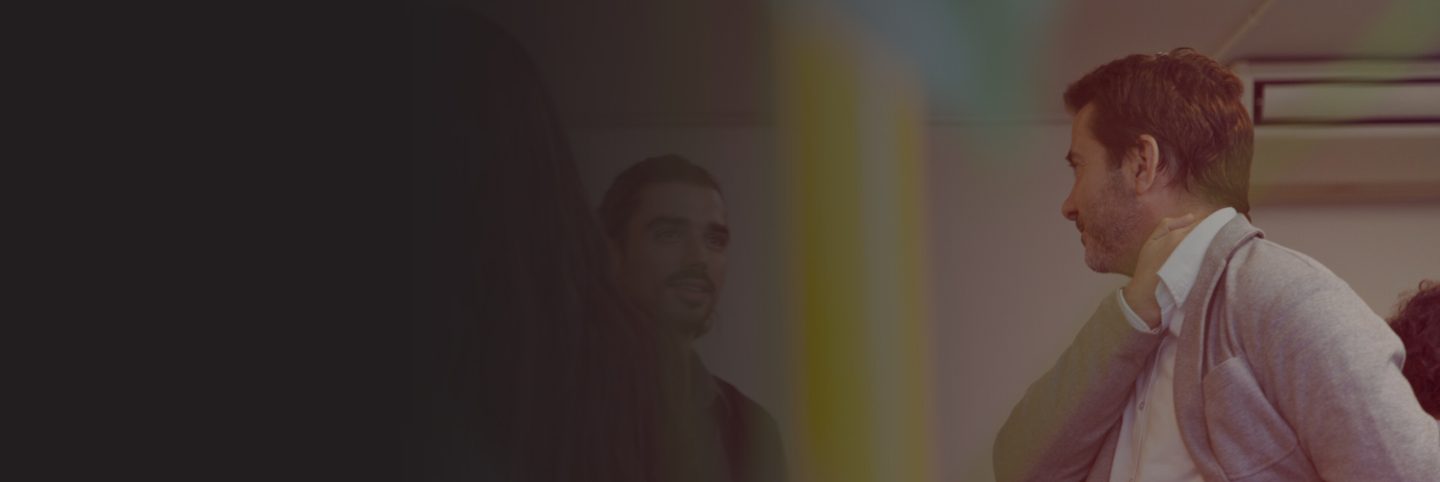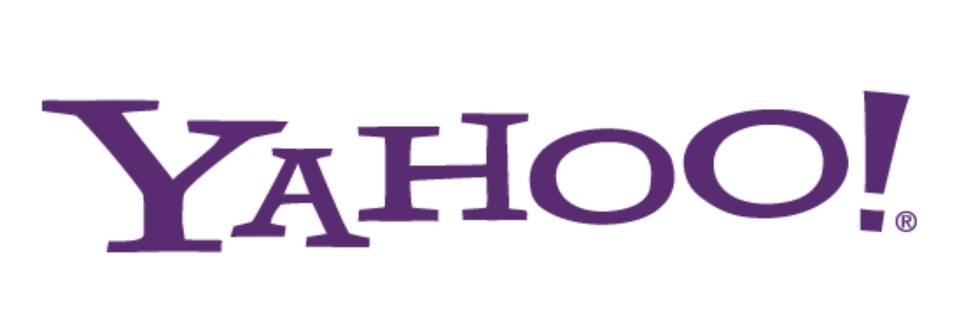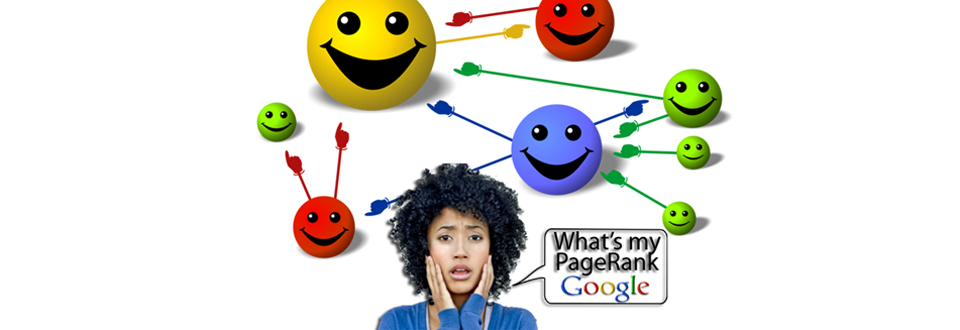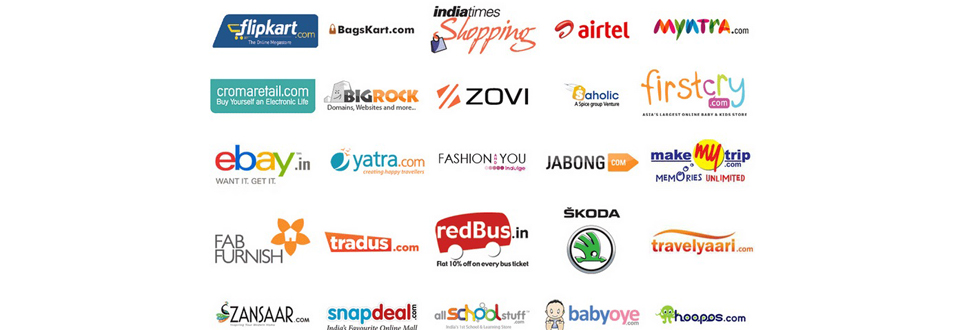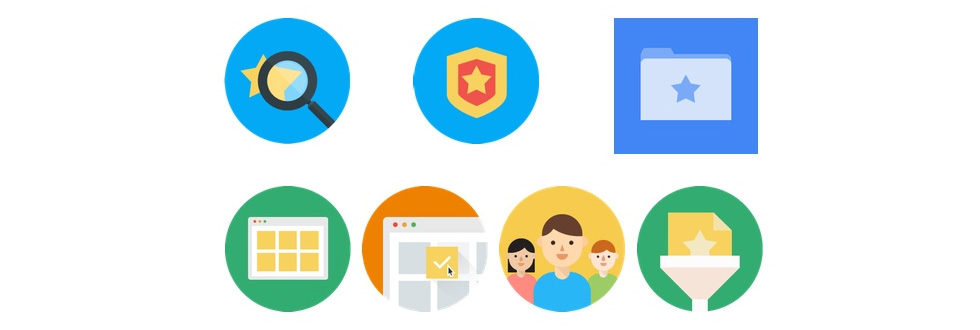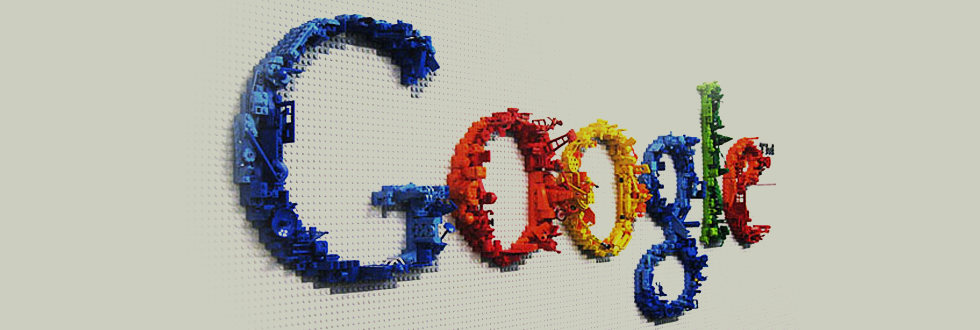Google says –
“Webpages with a higher PageRank are more likely to appear at the top of the Google Search results.”
Let’s start with the story that has surprised many…..

The recent PageRank update from Google has shocked many webmasters as no one expected it, this year. The entire SEO community and discussion forums are spreading the word that Google has updated the PageRank. It’s surprising, since Matt Cutts had said there were no plans for another PageRank update in 2013 due to technical issues. But, it’s all done. As you may remember, the last update was on February 4, almost 10 months ago. I guess, Google didn’t want to further delay the update and hence pushed out the update prior Christmas.
It’s all about the overall value of a website that it possesses in the virtual world in relation to all other players. The numerical formula doesn’t matter, what matters is the result that is derived from the sum of the value sent to your site, through different links. It doesn’t care what your targeted keywords are but ‘Relevance’ is the major thing. It’s the key to achieve top ranking.
What’s the Impact…..
As stated earlier, ‘Relevance’ and ‘Quality’ plays a major role, the thing to remember is that your site’s position in search results depends on the Keyword Phrase. Initially, the concept was set in pace to measure just the authority of a specific website. However, it has change dramatically to become a quiet complicated, yet still impacts the ranking. Your site’s Page Rank can be used to measure the value of your strategy. An exceptional website with quality content can naturally bring people to your site, no illegal tactics are required.
Nowadays, most of the search engines use Page Rank as a part of their optimization. Besides them, webmasters, SEO experts and other Inter marketers view it to determine a website’s value and worth. Simply speaking, PR is one of the important factors dictating the victory of your website on the World Wide Web. While it’s an important thing but still the stress is to develop a successful SEO strategy using latest techniques, both on-page and off-page.
A lot of webmasters use black hat SEO tactics to manipulate the results or to boost their authority in the virtual world. Thus, these sites were successful in getting good Page Rank, so Google continues to modify their strategy. The ever-changing criteria is to avoid illegal activities and make everything transparent. This is also a big reason why Google has chosen to bring updates quarterly. This makes it difficult for webmasters to judge the actual PageRank of their website.
Know More About PageRank…..
It’s an algorithm used by the Google to rank different websites in their search engine results. The word ‘PageRank’ came into existence after Larry Page, one of the founders of Google. It’s a way that measures the importance of pages of a website. Googlebot, an automated web spider, counts links and congregate other information on web pages. It’s very important for sites and blogs and basically ranks a page on the basis of the quality of its back-links and their authority.
It’s not confirmed when the next PageRank update will happen, Google knows it well. The last update was late, on 6 December 2013.

